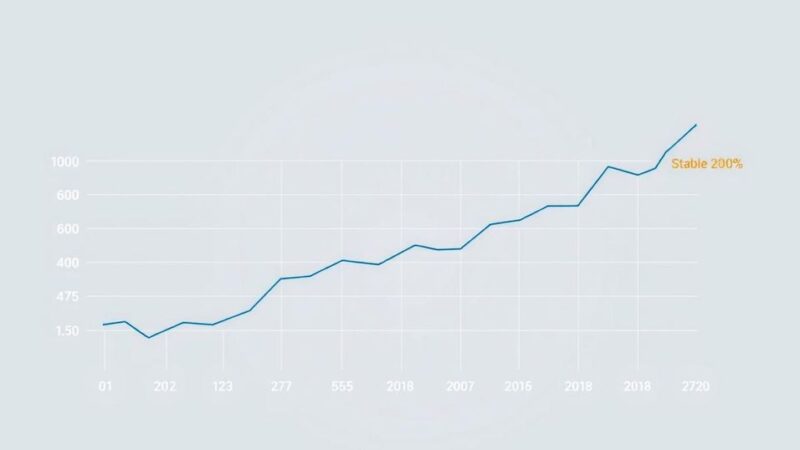- Iron ore futures reached CNY 736 per tonne, a seven-week high.
- China’s government aims to regulate excessive price competition in iron ore.
- Declines in export volumes from top producers like Rio Tinto and BHP bolster prices.
- Tangshan’s production restrictions contribute to concerns about future demand.
China’s Efforts to Stabilize Iron Ore Prices
Iron ore futures made significant gains this past Friday, reaching approximately CNY 736 per tonne, marking a seven-week high. This surge comes as China steps up its efforts to rein in fierce price competition in the iron ore sector, which has been characterized by aggressive pricing strategies. The Central Financial and Economic Affairs Commission of China recently called for stricter measures to regulate excessive price cutting among companies, a critical move aimed at stabilizing the market and addressing deflationary trends that have been emerging in the economy.
Impact of Export Reductions on Market
This regulatory push is particularly vital for China’s steel industry, which has been grappling with persistently low profit margins and chronic overcapacity issues. As these challenges continue, the government is looking for ways to lend support to struggling steel producers. Additionally, there has been a noticeable decline in shipments from major iron ore exporters like Australia and Brazil, further propelling the prices upwards as supply tightens. Producers such as Rio Tinto, BHP, Fortescue, and Vale have all reported declines in month-to-month export volumes, contributing to the bullish sentiment in the market while also occasional flashpoints of concern exist.
Weakening Demand Poses Challenges
Nevertheless, while the price rally appears strong, it’s important to note that there are factors limiting its growth potential. Notably, there’s growing evidence of weakened demand in the market, which poses a risk to sustaining current price levels. In Tangshan, China’s largest steel-producing city, environmental regulations and production constraints have fueled concerns about ongoing demand for iron ore. As the industry adjusts to these changes, stakeholders will be closely monitoring the balance between supply cuts and demand stabilization to gauge future price movements.
In a bid to control deflation and aggressive pricing, China has initiated stricter regulations on the iron ore market. The price of iron ore has risen to a seven-week high, thanks in part to lower export shipments from major producers. However, challenges persist with signs of weakening demand due to environmental restrictions, keeping the market on edge.






